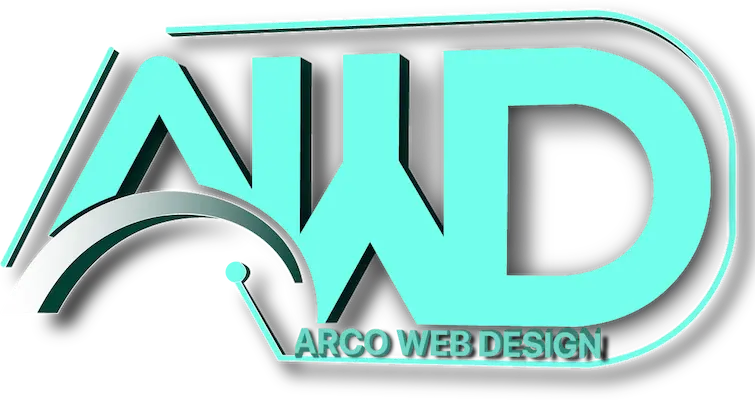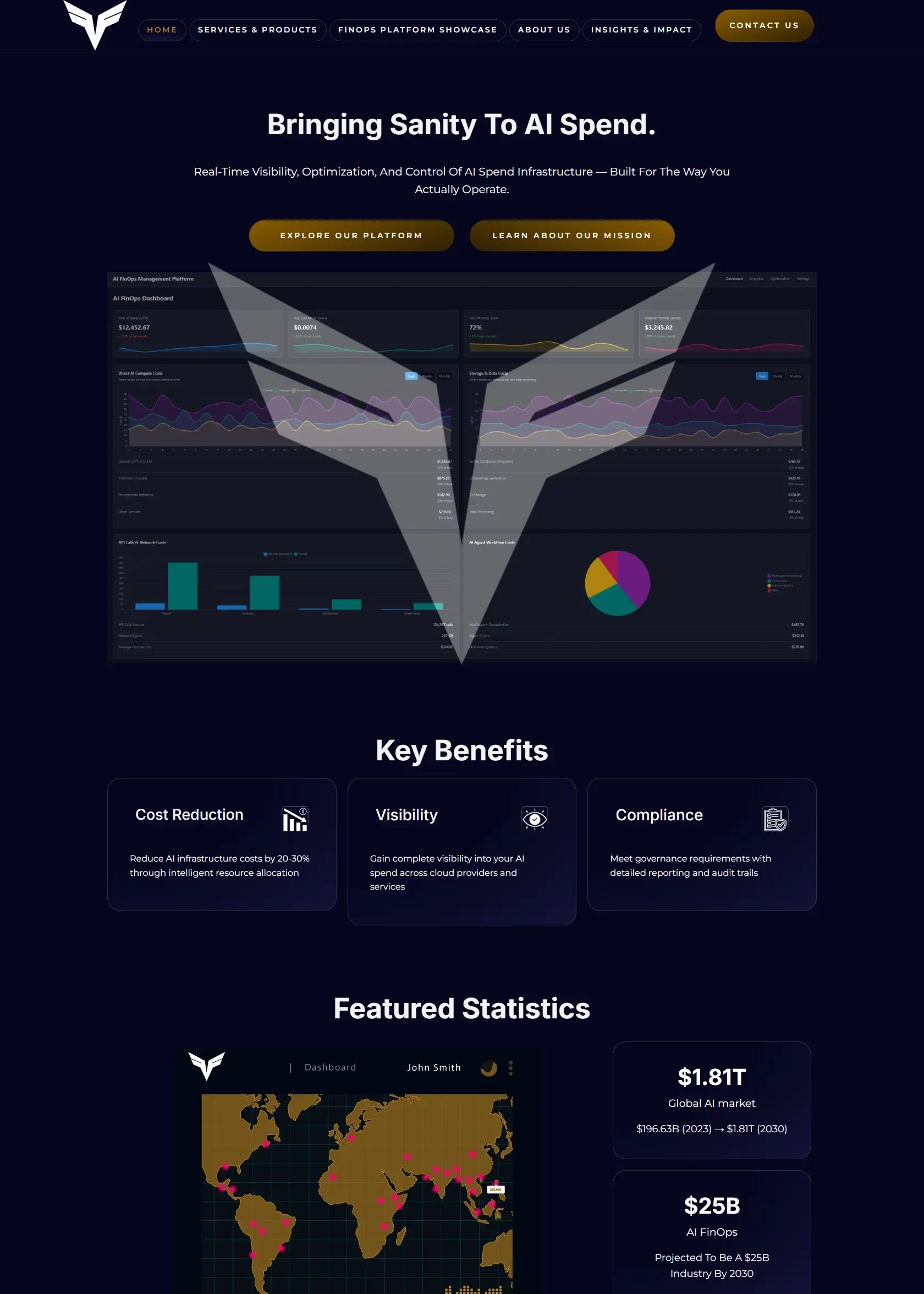After conducting keyword research and expanding your website with more content, structuring your pages effectively becomes essential. Search engines must understand how your pages connect to display them in response to relevant search queries. A well-organized site structure improves discoverability and enhances user experience.
The Importance of Site Structure
Imagine visiting a bookstore for the first time, searching for a fiction book by an author whose name starts with “D.” Without guidance, navigating the store would be difficult. Fortunately, a clear store directory and categorized shelves make finding the book easy.
Search engines work similarly. They crawl and navigate websites, learning their structure and understanding content placement. A well-organized website helps search engines efficiently index pages, making them more likely to appear in relevant searches.
Internal Linking: The SEO Bookshelf
Now, imagine you work at the bookstore. Since you know its layout, you can instantly direct customers to the right book. Search engines do the same with internal linking—they rely on structured navigation to find and rank content effectively.
For example, an e-commerce website should have:
- Main categories (e.g., Electronics, Clothing)
- Subcategories (e.g., Smartphones, Laptops)
- Individual product pages (e.g., iPhone 15, MacBook Air)
Proper internal linking ensures that search engines and users can easily navigate your site, improving SEO rankings and user experience.
Final Thoughts
A strong site structure allows search engines to understand relationships between pages, ensuring your content is indexed and ranked efficiently. By organizing content logically and implementing internal links, you create a seamless user experience that boosts SEO performance.



